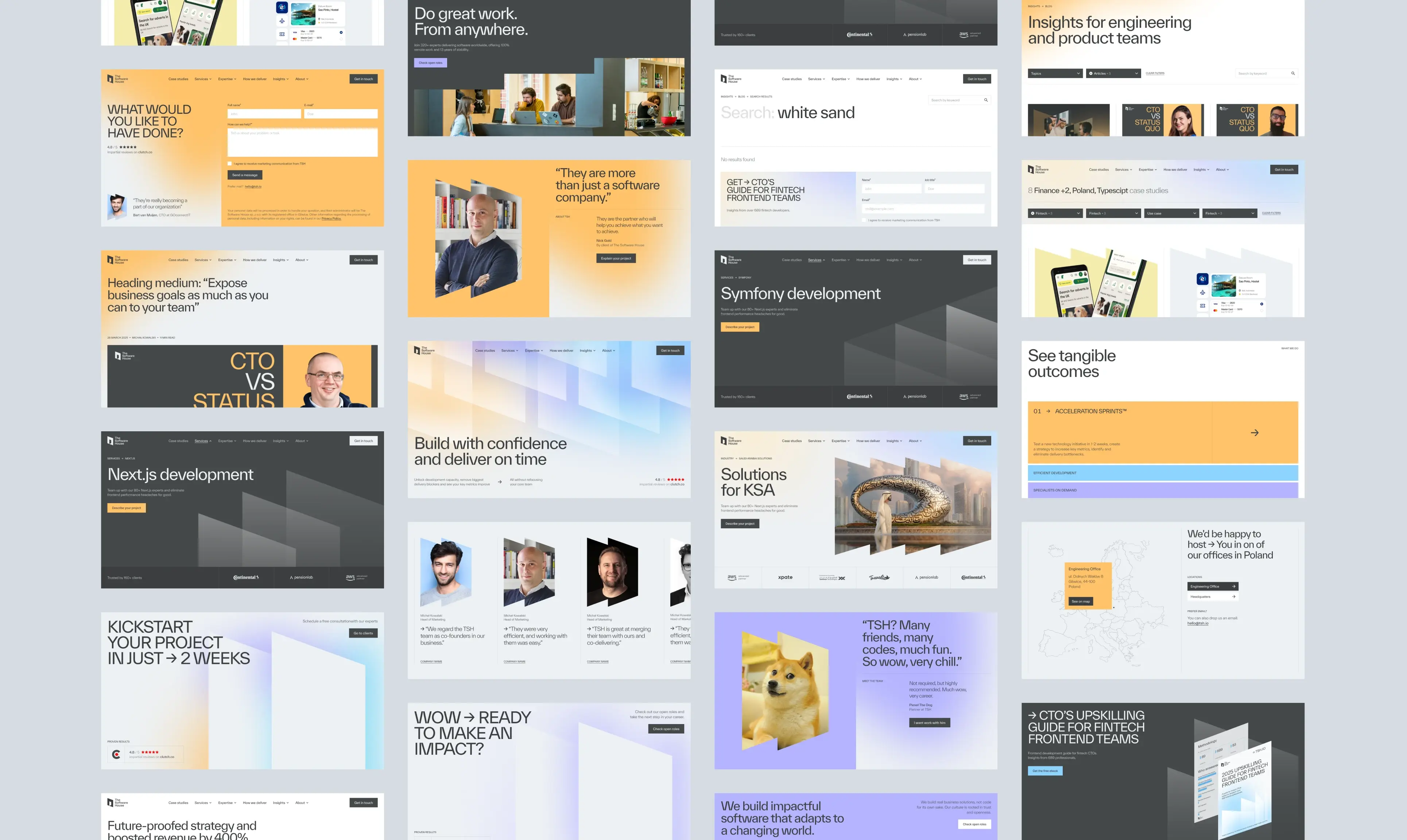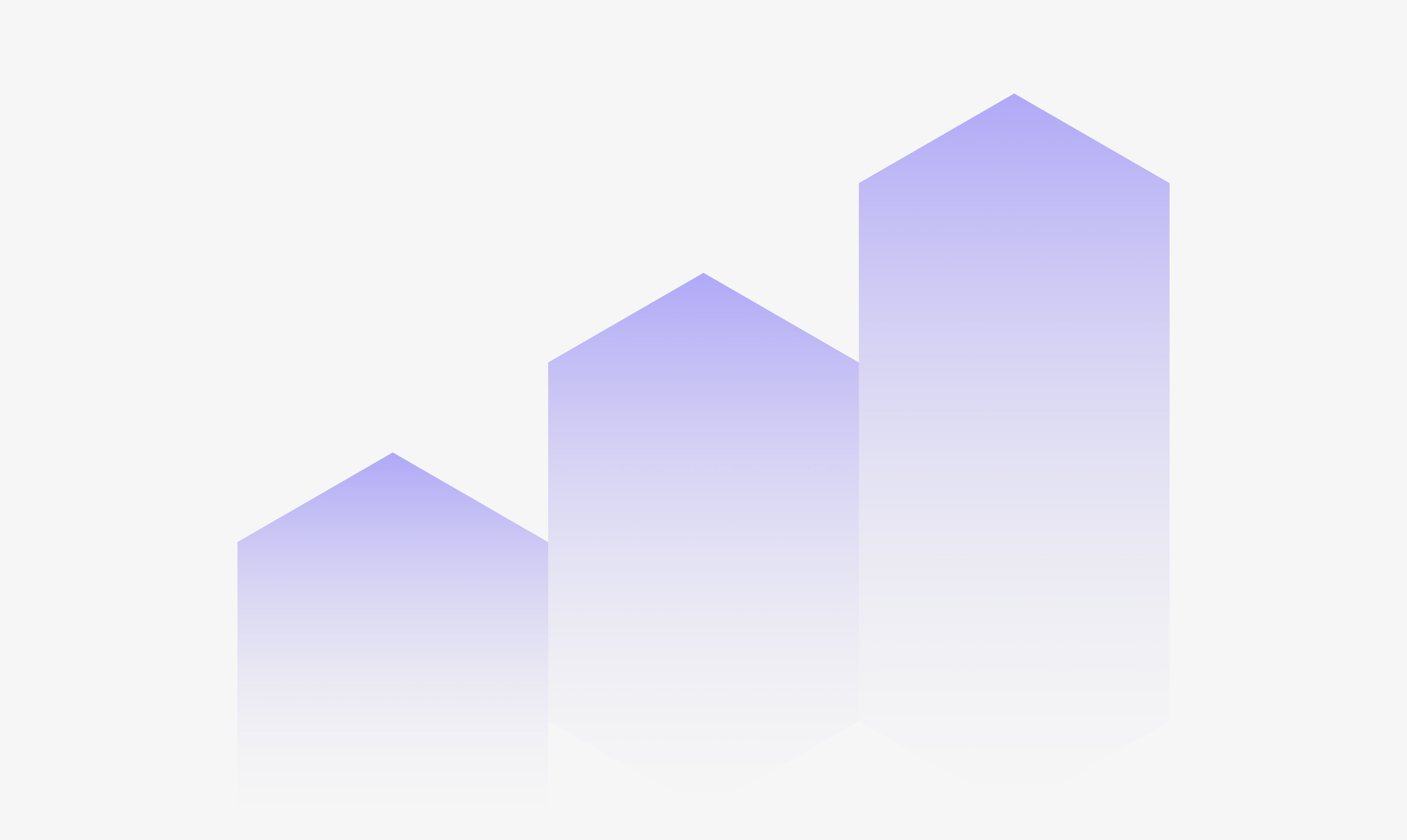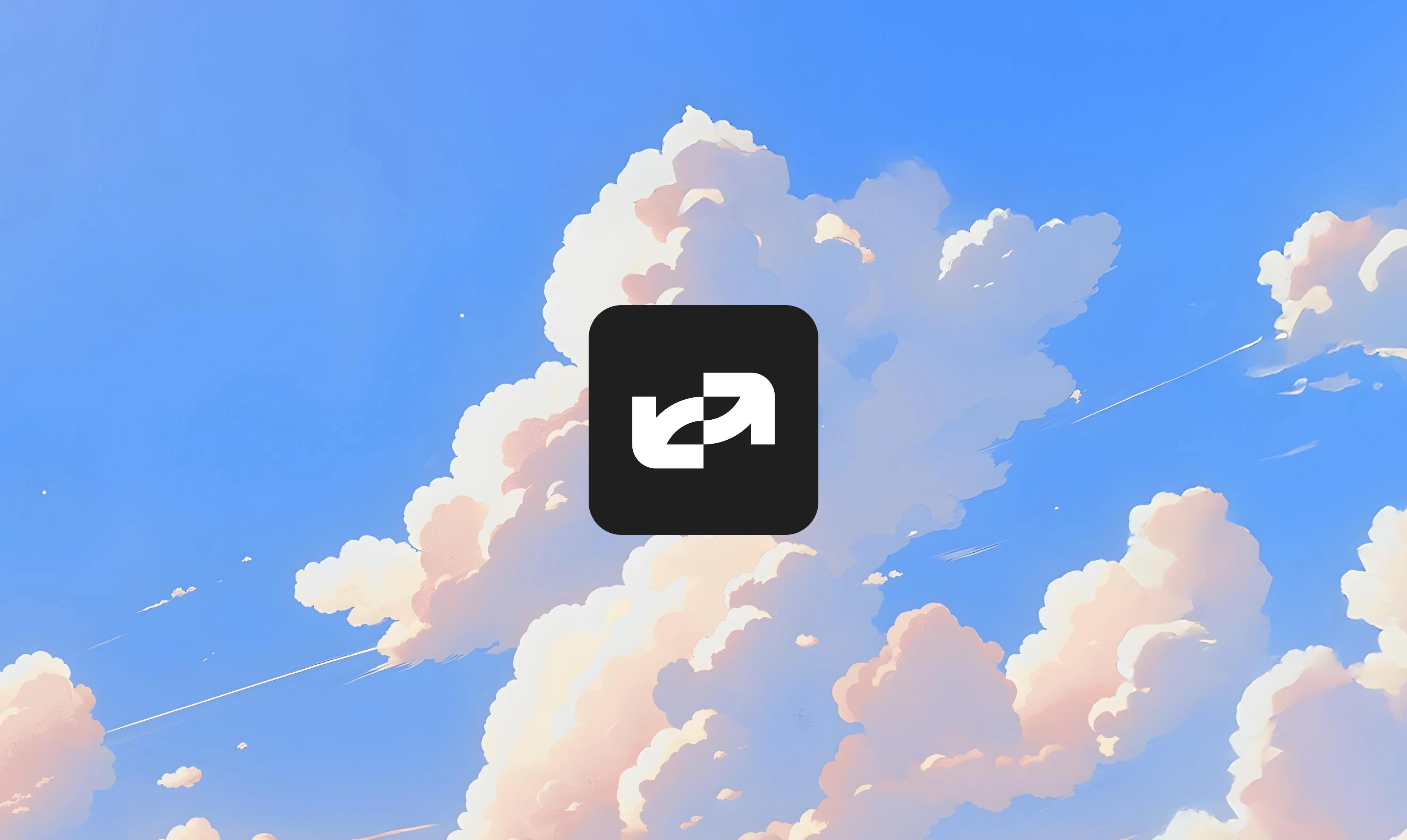You may be a designer, developer, manager or another expert who finds clever solutions, is the creative in the room and is always down for averting crises in an extraordinary and elegant way. All this generates a lot of pressure, but wouldn’t we all want to be the man of the hour? The expectations are sky-high to constantly innovate and bring revolutionary ideas to work projects. At Widelab, we know the feeling all too well. But do you actually know where and why you get all of your brilliant ideas? Or, while we’re at it, why does your creativity sometimes just switch off? Like when you hadn’t had a lighbulb moment over the last couple of projects and, as a result, received no cute kudos on the team’s Slack channel? Have you ever wondered why that is? Let’s dive deeper!
Right vs left hemisphere – do I need them both?
As you may know from school, the human brain consists of two hemispheres. And though they appear the same, they perform different functions. The left hemisphere is the logical one, responsible for linguistic functions and speech, and the right is... useless?
Well, it’s not. In 1981, the Nobel Prize winner Roger Sperry announced that the right hemisphere was pretty much worthless as it’s devoid of any higher cognitive function. If he had been right and mother nature never bothered to equip us with it, things could quickly get pretty dire. You see, if our other half were to tell us we were like the sun to it, we would literally deduce it thinks of us as a big, hot mixture of gases, best left unapproached. As it happens, our right hemispheres understand metaphors and non-obvious solutions. It’s the creative part.

Creativity = knowledge + subconscious
Great ideas aren't random accidents. Period. It’s a bit of a disappointment, like when you’re five and find out Santa’s not real, but creativity isn't a magic ingredient in your blood or genotype. There’s no mystery here. There is a psychologically described creative process that you can control and learn how to adapt to your life and work.
A creative process starts from accumulating knowledge. The better body of knowledge you have - the better ideas you will churn out. The worse material in your brain, the more obvious and basic your ideas: the sort anyone can come up with. So that's why it pays off to learn, look for inspirations or dive deeper into unique value propositions, target audiences, and user research. The more insights and hints we have, the more unique ideas we can spit out.

How to get great ideas? – creative flow
Having spent some time collecting knowledge, we arrive at the phase of deep work – intense thinking about the problem to solve. You may know the feeling of being stuck and exhausted, tired and frustrated — and when the completion of each task seems like an eternity away. You have every right to hate this. But if it weren’t for this, you could never enter phase two. And that’s where the magic happens.
In the moment of frustration, the left hemisphere seems to distance itself from the problem and toss it aside right into the right hemisphere. You need a break, you can’t be bothered to work a minute longer. You get to the tipping point: when you don't think consciously about neither the problem, nor its solutions: you go to bed, meditate, take a nice hot shower, put some music on, have a bit of a walk or do any other activity that helps you chill.

You take your time, and suddenly everything just clicks together. The distant elements are connected, the paths in the brain that have been clogged are wiped clean and this tiresome quest ends in an ‘Aha! Moment’. The idea we've been waiting for!
In the end, you actually need this frustrating, dreadful part of the creative process just as much as you need time off for relaxation, napping or searching for motivation. There are, of course, certain conditions that can interfere with your creative process. We’ve laid out the crucial components so you can adjust for your creative work.
Five creativity puzzles
In psychological research, we discovered five essential factors that repetitively impact creative design work. If you visualize them each time you’re about to start a new challenging project or when analyzing past work, you might recognize possible room for improvements in terms of your productivity, your processes, and, most importantly, your well-being.
Knowledge – always the first step
For your starting base — you’ll need some proper groundwork: e.g. inspirations, UX/UI skills, requirements, personas, insights from user research etc.
If you don't have enough ground to grow ideas from, you won't get any — it’s as simple as that. To put it bluntly, if you don't spend enough time gathering knowledge and requirements, you won't make the left hemisphere tired enough to switch into the right hemisphere and get to the ‘Aha! Moment’. Maybe you lack some documentation for a project or user research insights – don't be afraid to step back and ask the stakeholders some extra questions or do a few more user interviews.
Darwin spent over 30 years analyzing nature before he figured out his theory of evolution. Cut yourself some slack and wait around (maybe not for 30 years, though).

Motivation – so, why do you care?
Having a sense of purpose helps us stay stubborn in gathering more knowledge, doing deep work, and surviving frustration. You wouldn’t want to suffer through all the frustration and tickle that left hemisphere of yours if you didn’t care enough. A promise of a reward and a sense of a goal is what drives you. Without it, what else would be stopping you from bingeing Netflix, napping, cleaning the flat or whatever else you might be doing to procrastinate.
Also, nothing is more annoying than doing tasks without a sense of purpose or context. Why, where and what for are the essential questions that cannot be left unanswered in any creative work. So don’t be afraid to ask for things like roadmaps, defined goals, and product plans.
Your motivation can be personal, i.e. self-improvement or social impact, or more business-related, like clear metrics for the whole team and visible impact observed on A/B testing. Before the project kickoff, take a moment to reflect on what YOUR GOAL is and WHY YOU CARE.

Surroundings & communication
Cities and large groups of people boost creativity because of multiple sources of inspiration & knowledge they provide. That said, you’ll still need a break from the big smoke to calm down and switch on your subconscious right hemisphere (a generator of non-obvious ideas). Get a clue and take a workation in the countryside.
Staying in the woods or staying in is one side; the other is the people around you. That’s to say the best kind of people who support you and make you motivated and excited. When you're struggling with your ideas, it can be a blessing to reach out to people who aren’t emotionally involved in the issue. Discussing the challenging work problem with your partner (who can be entirely out of context) is better than keeping it all in.
Remote work complicates things as the majority of work is done in silence and we only tune in to video calls to discuss crucial matters. What we do at Widelab is share ideas via Slack and regularly have a remote cup of coffee together. These smaller, more intimate meetings are spent talking about on-going projects, sharing insights and moaning and groaning about things.
Having people from a variety of teams (e.g. designers, devs, sales, and customer service) in one room is just as helpful, which is why we throw regular discovery workshops. Sharing their unique views, knowledge and a broad range of perspectives, members of all of our teams are welcome to pitch in and share their insights. Again, it fills our head with knowledge that will come to fruition whenever you’re in need for some creative output for a project.

Limitations
Nobody likes it when something’s limiting them. We want to think of ourselves as free souls, right? Creativity, on the other hand, is not like a bird. Have you heard of the Parkinson's law? A work will take you exactly as much time as you have at your disposal. Creativity must be limited because it makes us frustrated faster. That's why there are limits that positively affect creative output — such as reasonable deadlines, discovery workshops, design sprints, design systems, brand guidelines, or MVP scoping.
But our non – supportive limitations can cause anxiety and stress – and nothing kills creativity quite like them. You may be familiar with this little daunting voice in your head that goes: ‘you can't do it’, ‘you're not talented enough’, ‘you’re stupid’, or ‘someone else would do better’. Try to be a friend to yourself and replace this self – deprecating voice with an affirmation of support. Rather than ‘I could have done it so much better’ say, ‘I gave my best, and I didn't give up. You've made it! You rock!’. It's not self – indulgence! It's healing.

Subconscious work
When you frustrate the left part of the brain, you move the whole shebang to the right one. That's when you cut yourself off from the problem. You can meditate, go for a walk, time out, take a shower, get bored, yawn, have a nap. When we actively think about a problem, we operate on beta waves — conscious and logical. When we distance ourselves from the issue at hand, our brains switch to gamma waves — with a high level of synchronization between parts of the brain responsible for learning, generating thoughts, increasing creativity and speeding up information processing. At this stage, the brain develops new ways to solve old problems.
Now you know how the creative flow works and can plan ahead to include some relaxation breaks in the process. Sitting in front of a Figma file 16 hours a day might bless you with clean layers and copy & paste of over 20 screens, but it won't bring a new taste or new valuable feature to a SaaS app project.

Get our free Creativity FigJam set!
Starting a challenging project? Putting one to bed and looking to draw some insights? You’ll like our Widelab Creativity Set. You can use it to figure out where and how to improve your creative powers. The set includes some extra tips e.g. for better sleep.








